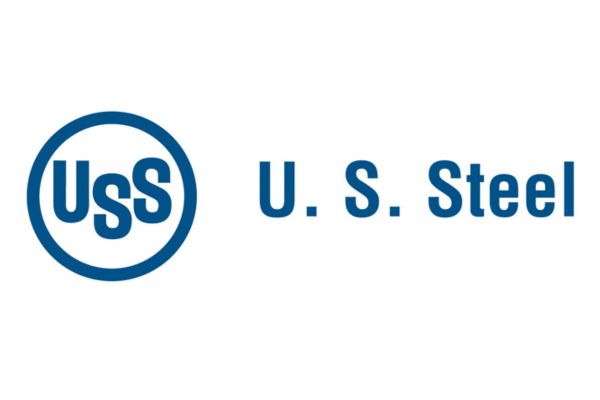
When it comes to the American steel industry, one name that has been synonymous with excellence, innovation, and resilience for over a century is U.S. Steel. With a storied history dating back to the late 19th century, U.S. Steel has played a pivotal role in shaping the nation’s industrial landscape. In this blog, we’ll take a closer look at the legacy and enduring success of U.S. Steel, as well as its commitment to modernization and sustainable steel production.
A Rich Heritage
U.S. Steel has deep roots in the United States’ industrial history. It was founded in 1901, consolidating numerous steel companies under the leadership of industrialist Andrew Carnegie. This merger created the world’s first billion-dollar corporation, and it symbolized the United States’ ascendancy in the steel industry during the early 20th century.
Throughout its history, U.S. Steel has been at the forefront of steel innovation, constantly adapting and evolving to meet the ever-changing needs of the global market.
Modernization and Technological Advancements
In recent years, U.S. Steel has made significant strides in modernizing its operations and incorporating cutting-edge technologies to enhance efficiency, product quality, and environmental sustainability. Some key innovations include:
- Advanced Manufacturing Processes: U.S. Steel has embraced advanced manufacturing techniques, such as electric arc furnaces and continuous casting, to improve steel quality and reduce environmental impact. These technologies are more energy-efficient and produce less waste compared to traditional methods.
- Digitalization and Data Analytics: The company has invested in data analytics and automation, leveraging the power of data to optimize operations, increase productivity, and minimize energy consumption. This not only improves efficiency but also reduces the carbon footprint of steel production.
- Sustainable Practices: U.S. Steel is dedicated to sustainable steel production. The company is implementing environmentally responsible practices, such as using recycled materials and managing water resources more efficiently.
- Carbon Reduction Initiatives: U.S. Steel has set ambitious goals for reducing its carbon emissions. Through carbon capture and utilization technologies, as well as renewable energy initiatives, they are working towards a greener, more sustainable future.
Contributing to American Infrastructure
U.S. Steel’s steel products have been instrumental in shaping iconic American infrastructure projects. From the Golden Gate Bridge to the Empire State Building and the pipelines that fuel the nation’s energy needs, U.S. Steel has played a pivotal role in constructing the foundations of the United States.
Read Also>>> The Evolution of CMC Steel: Pioneering Sustainable Steel Solutions
Sustainability and the Environment
As the world grapples with environmental concerns and the urgent need for sustainable practices, U.S. Steel is actively working to reduce its environmental footprint. The company’s commitment to sustainability extends beyond reducing emissions; it involves responsible sourcing, recycling, and water management.
Conclusion
U.S. Steel’s legacy is deeply intertwined with the American industrial landscape. Over the years, the company has showcased unwavering resilience, innovation, and adaptability in a continually evolving market. Its embrace of modernization and commitment to sustainability signifies its readiness to meet the challenges of the 21st century.
As the American steel industry moves forward, U.S. Steel’s dedication to technological advancements, environmentally responsible practices, and contributing to vital infrastructure projects continues to shape the nation’s future. With a century of excellence behind it, U.S. Steel remains a symbol of American industry’s enduring strength and determination.